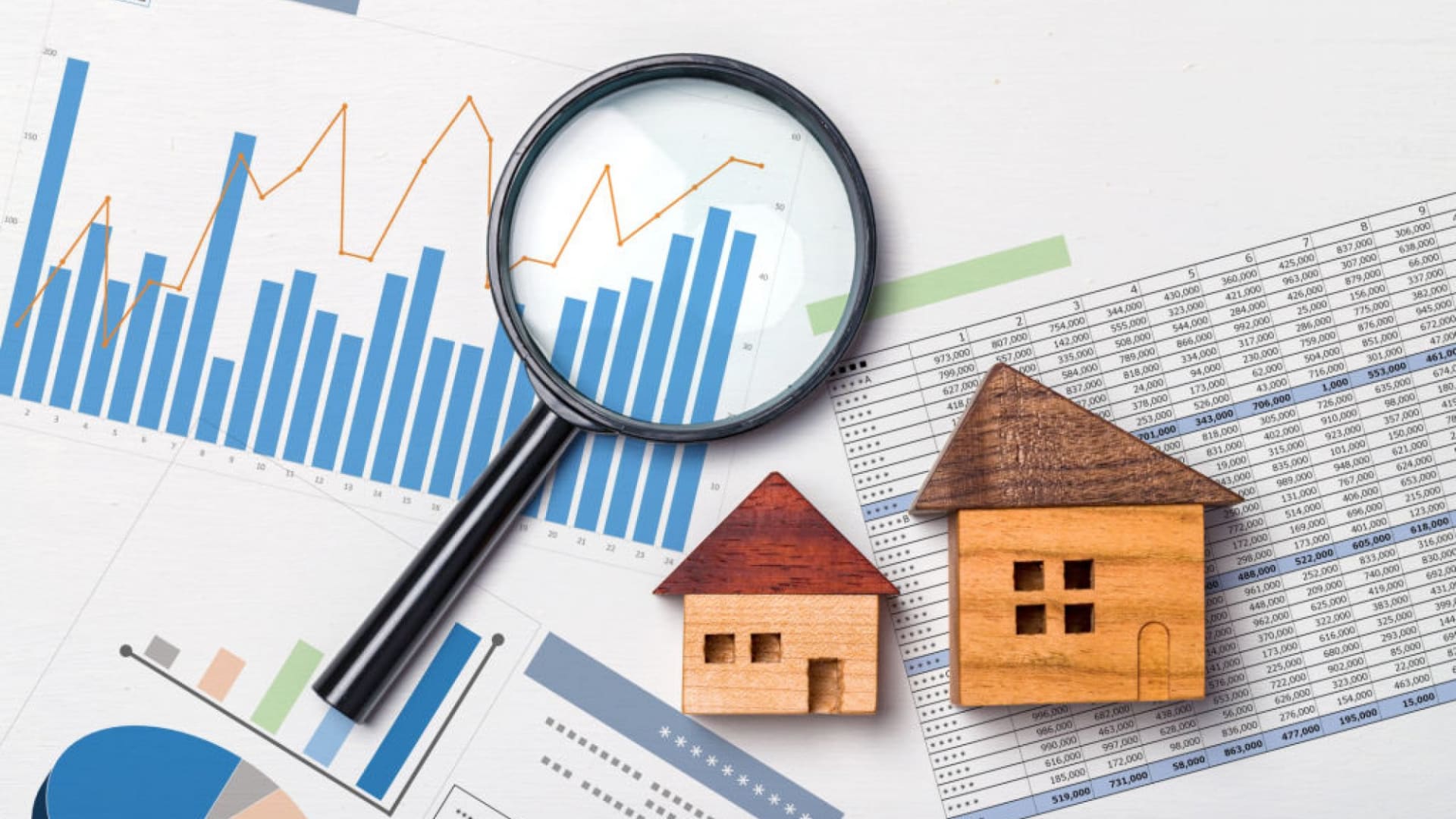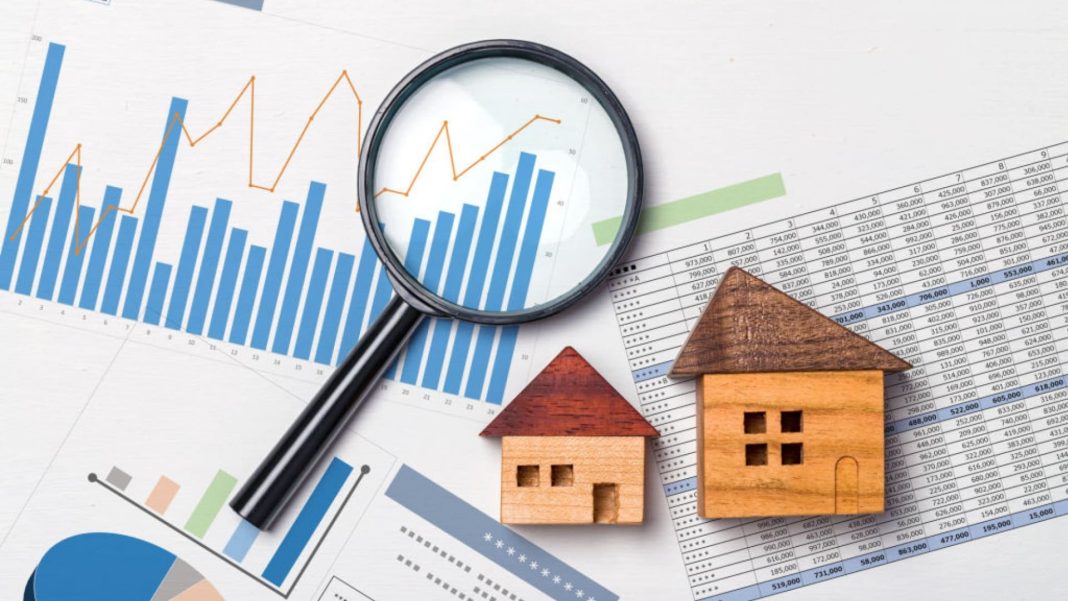 Rising Non-Performing Loans and Special Mention Loans in China Raise Concerns
Rising Non-Performing Loans and Special Mention Loans in China Raise Concerns
China is facing a growing problem with non-performing loans (NPLs) and special mention loans, which are loans that borrowers are unable to repay. This increase in distressed loans, particularly in the real estate sector, is reminiscent of the 2008 global financial crisis, where bad loans were bundled into securities and sold to investors.
In 2023, NPLs in the real estate sector rose from 2.8 percent to 4.99 percent, with major banks like Industrial and Commercial Bank of China Ltd. experiencing a 9.6 percent surge in NPLs from residential mortgages. Real estate is a crucial part of the Chinese economy, accounting for around 20 percent of it, and more than a quarter of the loans held by major banks.
While the aggregate non-performing loan ratio across all industries in China is 1.6 percent, slightly higher than the United States, this figure may underestimate the true extent of potential loan troubles. China’s banking classification system masks the true status of special mention loans, which are riskier than performing loans but not yet classified as NPLs. In other countries, some of these loans might already be considered NPLs due to stricter criteria. This discrepancy in classification suggests that China’s reported NPLs may appear lower than they actually are, hiding a reservoir of potential future NPLs that pose a greater risk to the banking system.
Chinese banks currently hold $620 billion of special mention loans, and new transparency guidelines will require many of these loans to be recategorized as non-performing, leading to a surge in NPL percentages. It is projected that the aggregate non-performing asset ratio, which includes both non-performing loans and other assets like repossessed real estate, will reach between 5.5 percent and 5.9 percent.
Several factors contribute to the surge in NPL and special mention loans. China’s slowing economic growth makes it harder for borrowers to make payments, while weak home sales hinder developers’ ability to recover investments. Rising youth unemployment and delayed marriages also contribute to declining home sales and consumer spending. Furthermore, uncertainty from the U.S.-China trade war dampens business investment and borrowing. Tighter credit conditions imposed by the central government to control debt levels further restrict loan accessibility for certain borrowers.
The concentration of NPLs and special mention loans in the real estate sector presents an increased risk for Chinese banks. If borrowers default and banks resort to property foreclosures, they may incur losses due to the market slowdown. With fewer loans recovered, banks have less capital available for lending and become more cautious about lending in the real estate sector, limiting funding for new development projects. This also means that Beijing cannot rely on real estate development to stimulate the economy during its downturn.
To address this problem, the central government has instructed banks to securitize non-performing loans. Securitization involves dividing a pool of bad loans into different risk categories and packaging them into financial instruments that are sold to investors. Chinese banks are expected to increase the issuance of securities backed by NPLs by about 40 percent this year, offloading distressed mortgages, delinquent credit card debt, and troubled consumer loans.
While securitization allows banks to recover some of the cash they loaned out and distributes risk across multiple investors, it does not solve the underlying issues in the Chinese economy that led borrowers to default. It also exacerbates the opacity issues already present in China’s banking system. Once debts are securitized and sold, tracking and quantifying the percentage of NPLs or the actual risk banks are exposed to becomes nearly impossible. It also becomes challenging to assess the severity of the economy’s situation based on the percentage of individuals unable to repay their loans.
Distributing risk through securitization may seem beneficial, but it can result in contagion. NPL-backed securities carry high risk due to the likelihood of borrower defaults. This scenario mirrors the global financial crisis, where mortgage-backed securities were created from bundles of subprime mortgages and sold to investors who underestimated the associated risks. When the housing market bubble burst, causing property prices to decline, defaults on subprime mortgages increased, leading to a plunge in the value of mortgage-backed securities. The risk was transferred from banks to other sectors of the economy, such as pension funds, insurance companies, mutual funds, and individual investors.
In conclusion, China’s economy is clearly slowing down, evident from declining consumer and home sales, as well as increasing defaults. Concealing the evidence will not eradicate the underlying problems, which range from declining exports and factory activity to the aging crisis, debt bubble, and decreasing foreign direct investment. It is crucial for China to address these issues directly and implement measures that promote sustainable economic growth and reduce the risks associated with NPLs and special mention loans.


